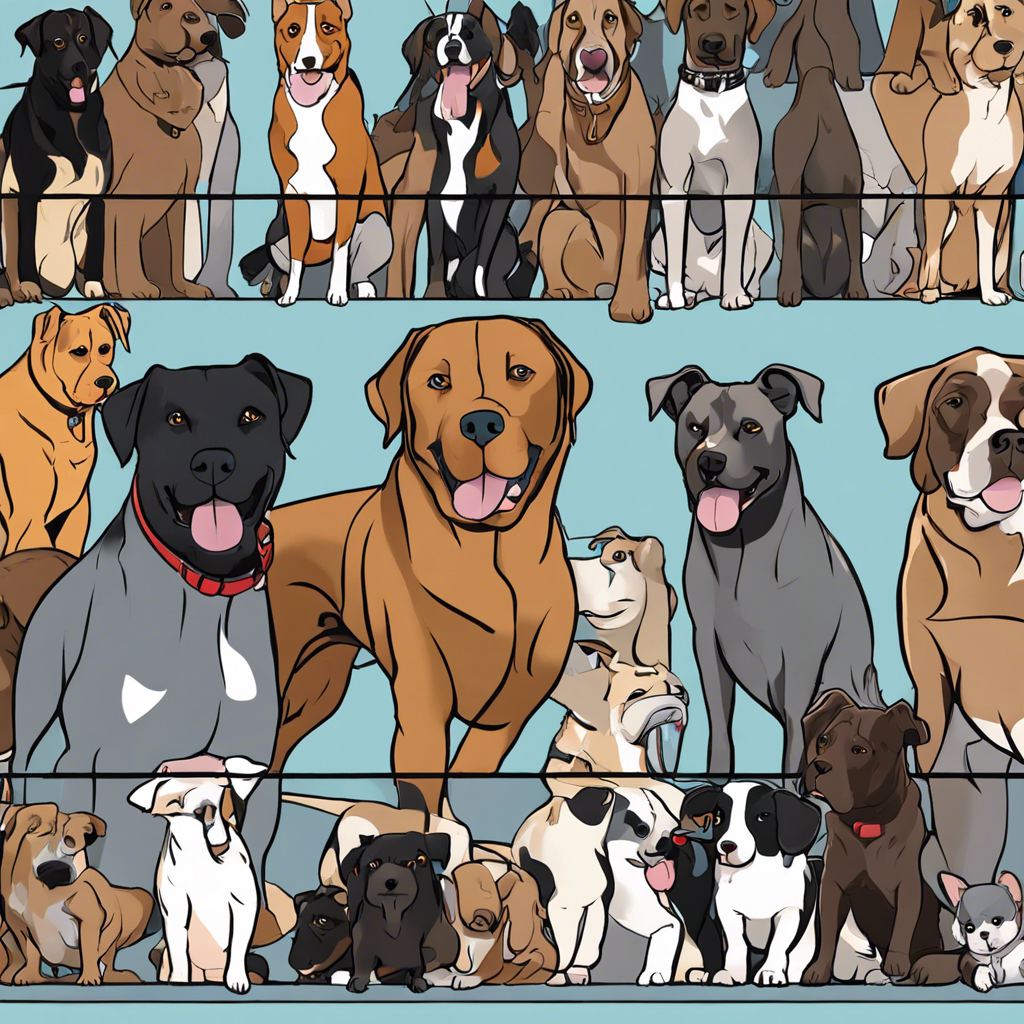The world of dog training is vast and filled with a multitude of methods and techniques. From positive reinforcement to dominance-based approaches, trainers have a myriad of tools at their disposal to shape their dog’s behavior. However, one often overlooked aspect is the influence of breed-specific traits on the effectiveness of these training methods. Every dog breed is unique, boasting distinct physical characteristics and inherent behaviors that can significantly impact their response to training. Recognizing these breed-specific traits is vital for both trainers and owners, ensuring that training methods are tailored to the individual needs and learning styles of each dog.
Breed-specific traits encompass a range of characteristics that are unique to particular dog breeds. These traits include everything from physical attributes, such as size and build, to temperament, energy levels, and inherent behaviors. For instance, the herding instincts of Border Collies or the protective nature of German Shepherds. Understanding these traits is crucial as they can greatly influence how a dog learns and responds to different training approaches.
Take, for example, the high-energy and intelligent Border Collie. This breed’s intelligence and innate herding instincts make them excellent candidates for advanced training, excelling in activities like agility and obedience competitions. However, their energy and intelligence also mean they may become easily bored or frustrated with repetitive, basic training methods. Thus, incorporating variety and mental stimulation into their training regimen is essential to keep them engaged and motivated.
On the other hand, guarding breeds like the imposing and loyal Rottweiler have strong protective instincts that can make them wary of strangers and potentially aggressive without proper training. Socialization and positive reinforcement techniques are key in training these dogs, emphasizing gentle guidance and building trust to encourage desired behaviors. By acknowledging and working with their protective nature, trainers can help Rottweilers learn to channel their instincts in a controlled and positive manner.
Training methods should be adapted to suit the specific needs and characteristics of each breed. For active and playful breeds like Labrador Retrievers, incorporating games and rewards into training sessions can tap into their natural enthusiasm and energy, making learning an enjoyable experience. Conversely, sensitive breeds like the Shih Tzu may require a more gentle and patient approach, focusing on positive reinforcement and building confidence to ensure a positive learning environment.
Breed-specific traits also come into play when addressing common behavioral issues. For example, brachycephalic (short-muzzled) breeds like Bulldogs and Pugs may require special training techniques due to their unique physical characteristics. They may struggle with breathing during exercise, so training methods need to be adjusted to account for this, focusing on short bursts of activity and mental stimulation to avoid overexertion.
Furthermore, understanding breed-specific traits is especially important in addressing breed-related stereotypes. Breeds often associated with aggression, such as Pit Bulls, require trainers and owners to be mindful of these perceptions and work to dispel these preconceptions through positive training and responsible ownership. By demonstrating the breed’s true nature through effective training, these stereotypes can be challenged and changed.
In conclusion, recognizing the influence of breed-specific traits on training effectiveness is essential for successful and tailored training approaches. By understanding the unique characteristics of each breed, trainers can create personalized training plans that cater to the strengths and needs of the dog, fostering a more enjoyable and productive learning environment. Whether it’s adapting training methods for high-energy working dogs or addressing breed-related stereotypes, embracing breed-specific traits ensures that training becomes a rewarding experience for both dogs and their owners.

